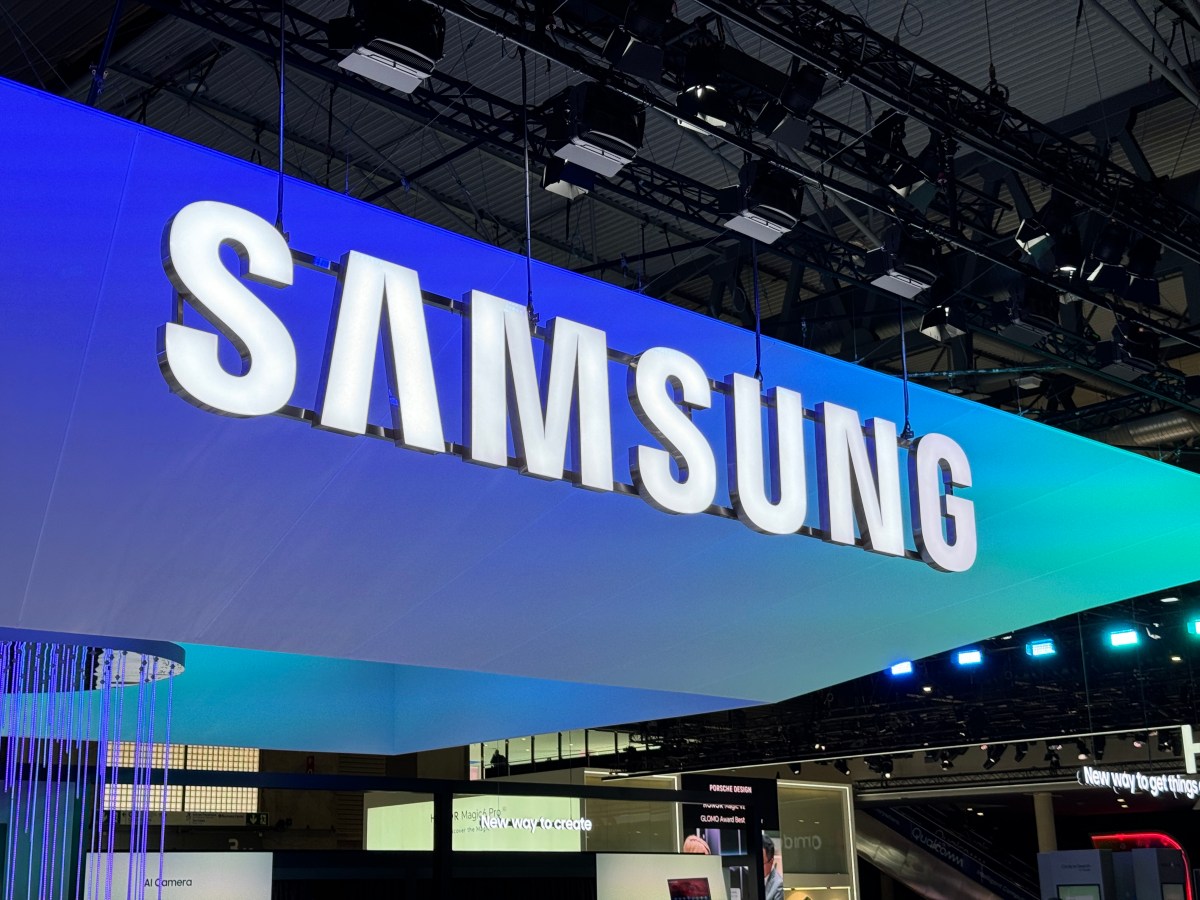ARTICLE AD

At its iPad event today, Apple announced its new iPad Pro tablets, powered by its new M4 chips, the fourth generation of its custom SoCs.
The new chips feature a new display engine, as well as a significantly updated CPU and GPU cores. The base M4 chips come with ten CPU and ten GPU cores.
Apple claims that the new CPU is 50% faster than the M2 chips which powered the last generation of iPad Pros, while the GPU will offer a 4x increase in rendering performance, all while still offering the same performance per Watt as the M3. Apple stressed that the new GPU architecture features dynamic caching, hardware-accelerated mesh shading and ray tracing, something that’s a first for the iPad.
This is 2024, so Apple also now plays up the neural engine in its chips even more and highlights that it has long added those to its SoCs while the PC market is only now catching up. That’s fair, but there also weren’t all that many use cases for these chips before. The new neural engine in the M4 offers a performance of up to 38 trillion operations per second.
Apple first announced the 3-nanometer M3 series last October, when it announced the M3, M3 Pro and M3 Max. The standard M3 featured a 10-core GPU and 8-core CPU, while the M3 Pro comes with a 12-core CPU and 18-core GPU. The high-end M3 Max (there’s no Ultra model yet) features a 16-core CPU and 40-core GPU.
Typically, Apple brought its newest chips to its Pro-series laptops first and then used the last generation for its tablets (and that’s what it is doing with the new iPad Air this year, too). But it’s taking a bit of a different approach here by debuting the M4 in the iPad Pro. If I had to guess, part of this is due to Qualcomm’s latest Arm-based Snapdragon chips being on their way to PCs — and while we haven’t seen the full benchmarks for these yet, it looks like they could put some pressure on Apple Silicon’s lead, especially as Microsoft continues to invest in Windows an Arm.

 6 months ago
16
6 months ago
16 



